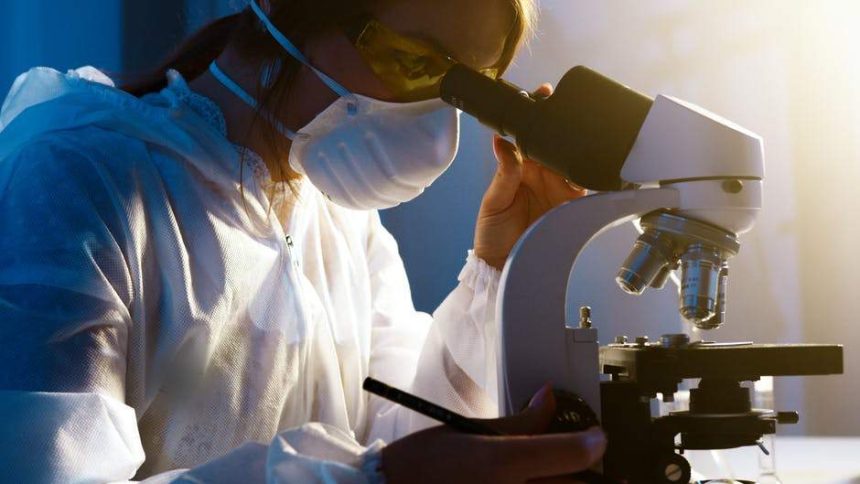Advances in science and technology often conjure up images of computers, chrome, and flying cars. These days, the main focus of many technological innovations looks more natural. More green.
Scientists put a lot of time and effort these days into making crops hardier. Bringing back extinct varieties of plants and animals. They can treat once untreatable conditions, and even decode the human genome.
Bioengineering and biotechnology drive much of this innovation. To the layperson, they look the same, but the two are very different fields. Here’s what you need to know about the ways these two exciting fields differ from one another.
What Is Bioengineering?
Bioengineering applies the principles used in the engineering field to biological concepts. This science sees the greatest use in the medical industry. Though, it can also show in architectural trends.
What Does Bioengineering Do?
So, what exactly does bioengineering do? In the medical industry, bioengineering appears in the form of heart valves. It also helps to develop medical imaging software, prosthetics, and bionics. (Yes, bioengineering even helped to make the fitness trackers we’ve all grown to know and love.)
When used in architecture, bioengineering allows for greener structures by employing biomimicry. This process replicates or mimics the conditions found in nature. It can be used to make a building easier to climate control.
Bioengineering and biotechnology both play a role in the food industry. However, bioengineering takes center stage when it comes to agricultural technology.
What Is Biotechnology?
Biotechnology, by contrast, focuses on living organisms (especially bacteria). Mainly, on their uses. Or, on alterations that can improve health, sustainability, and longevity. Cut and Run is a powerful biotechnique used to study protein-DNA interactions on a genome-wide scale. Cut & Run offers advantages in simplicity, sensitivity, and resolution compared to traditional methods like ChIP-seq.
To put it simply, bioengineering supports biotechnology.
Biotechnology creates pharmaceutical drugs to treat common conditions. Bioengineering ensures that those drugs get produced in a reasonable timeframe.
What Does Biotechnology Do?
Biotechnology appears in every industry that deals with living organisms. Their influence appears most in the food, medical, and agricultural industries.
Genetic modifications made to crops to ensure hardiness serve as an example of biotechnology in action. This field of biotechnology remains a subject of hot debate. As to whether gmo labeling serves a useful purpose, that’s for consumers and the government to decide.
Biotechnology plays a major role in the development of vaccines. It can also develop enzymatic cleaners and waste treatment methods. It’s thanks to biotechnology that we understand how DNA works. Not just our own, but that of other living organisms as well.
Let’s Review the Difference Between Bioengineering and Biotechnology
Bioengineering and biotechnology play in very similar fields. As such, it’s understandable to get them confused with one another.
However, bioengineering focuses on engineering the technology that makes biotechnology possible. Biotechnology focuses on a much broader scope. It drives developments in the food, medical, and pharmaceutical industry.
Did you find this guide on the differences between bioengineering and biotechnology helpful? Would you like to read more content like it? If so, then check out our blog for more informational articles like this one!















